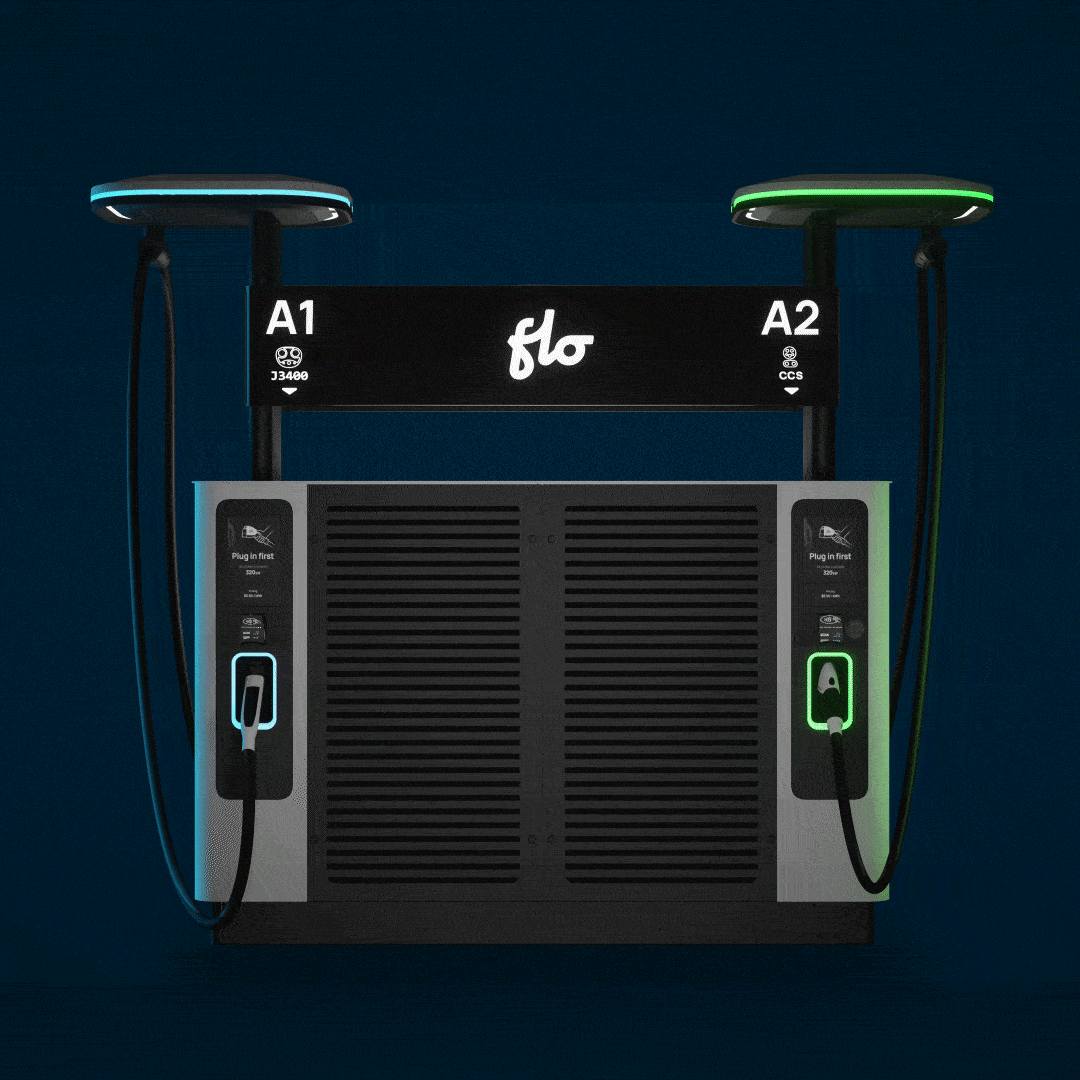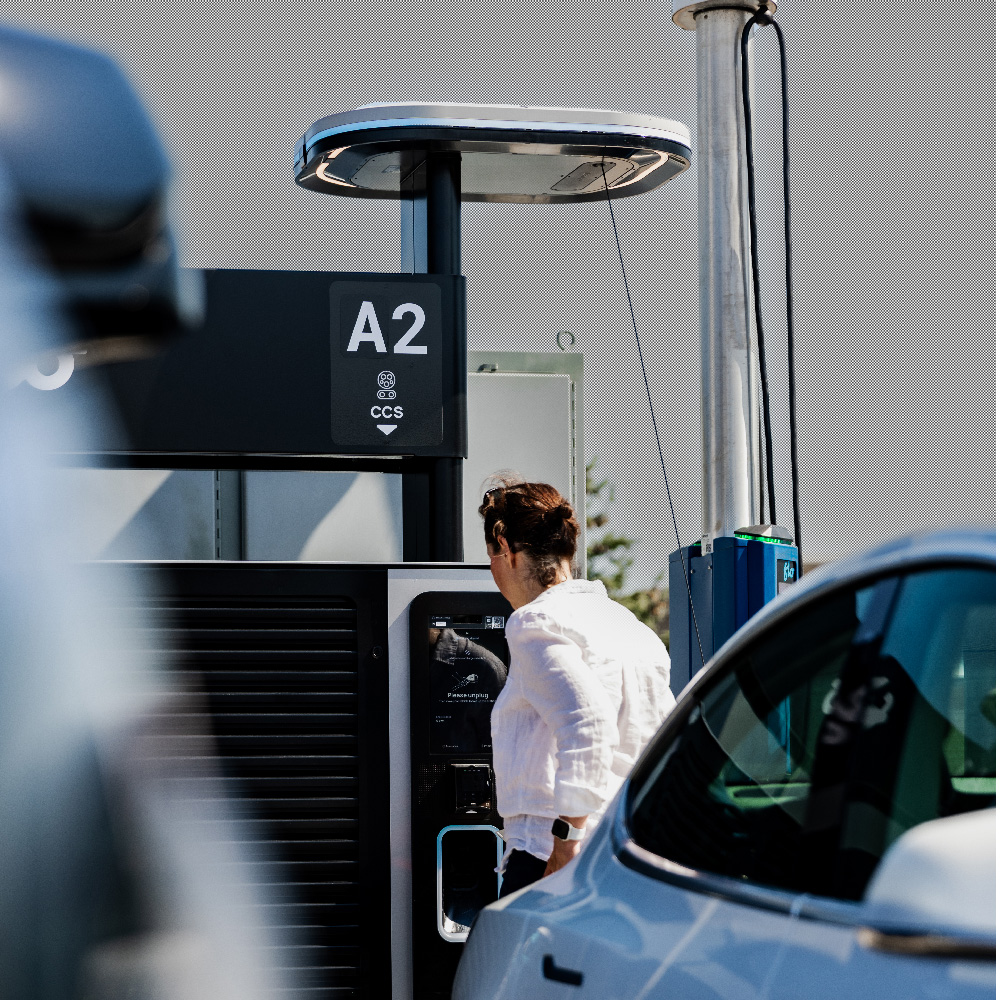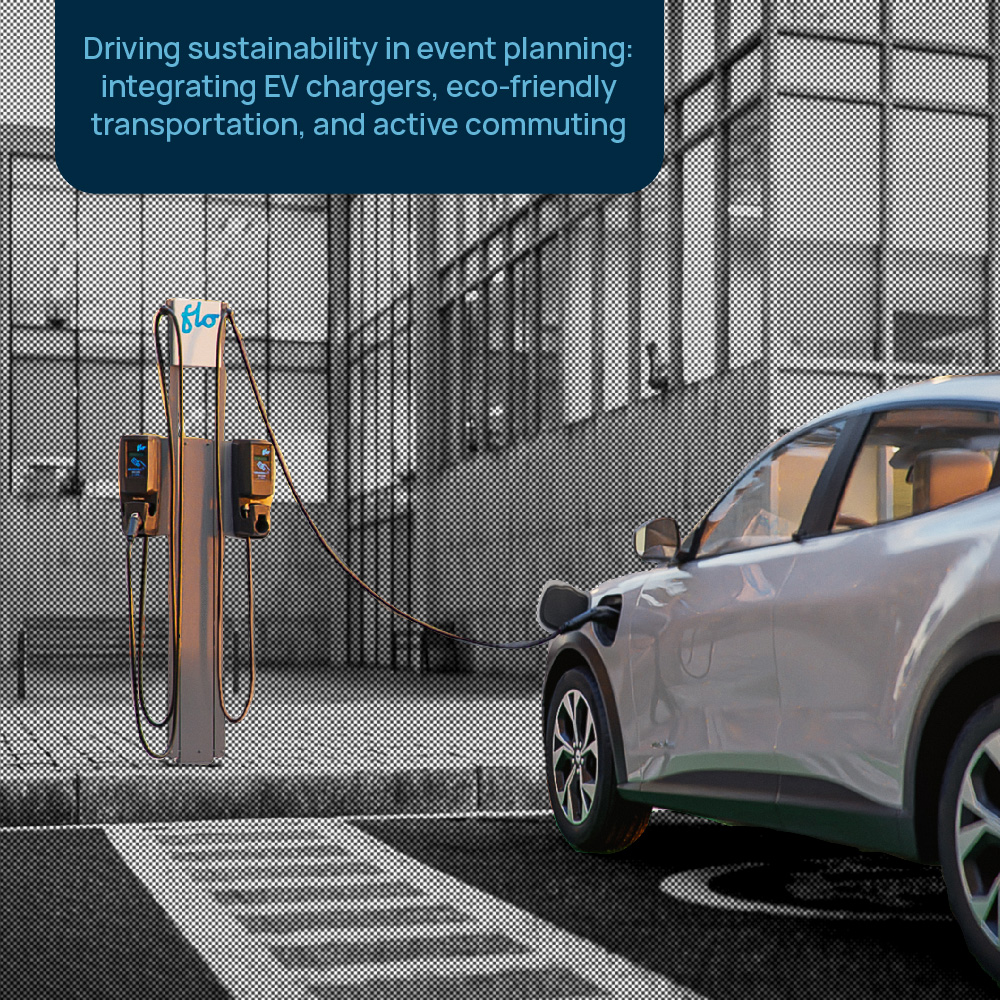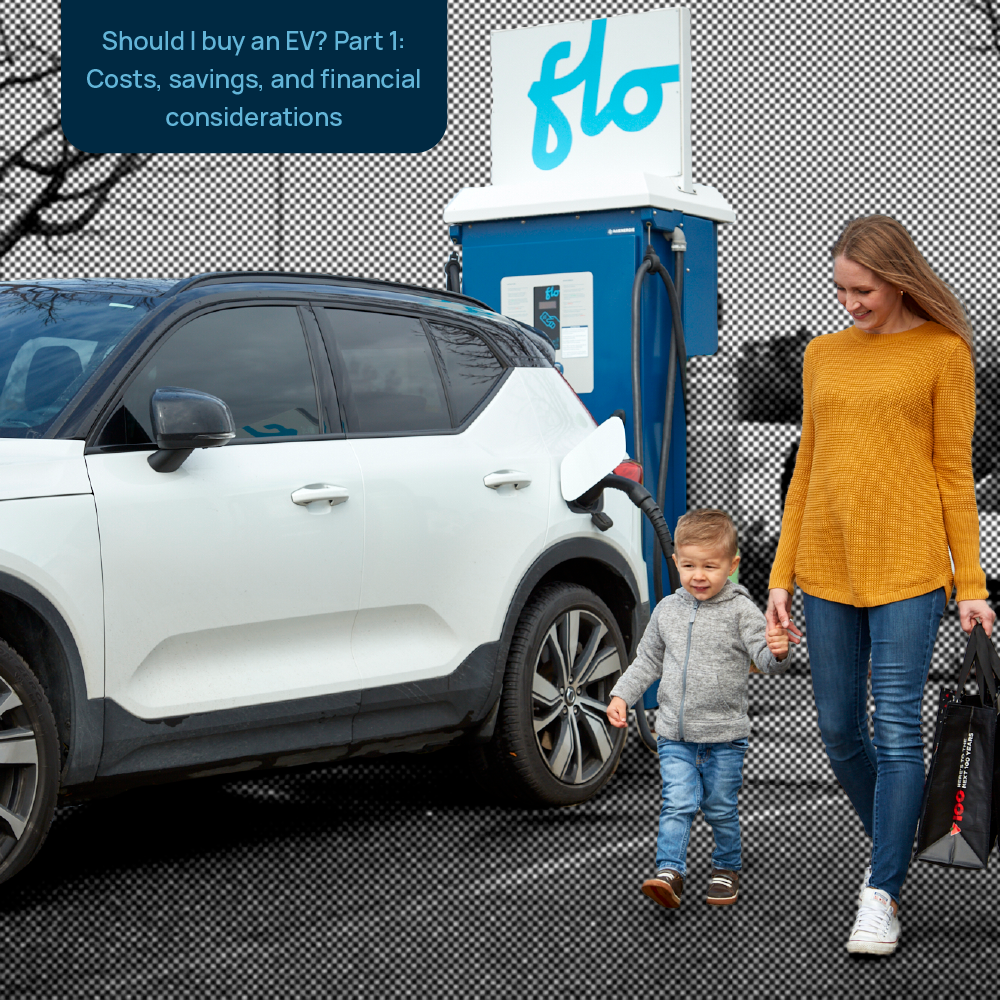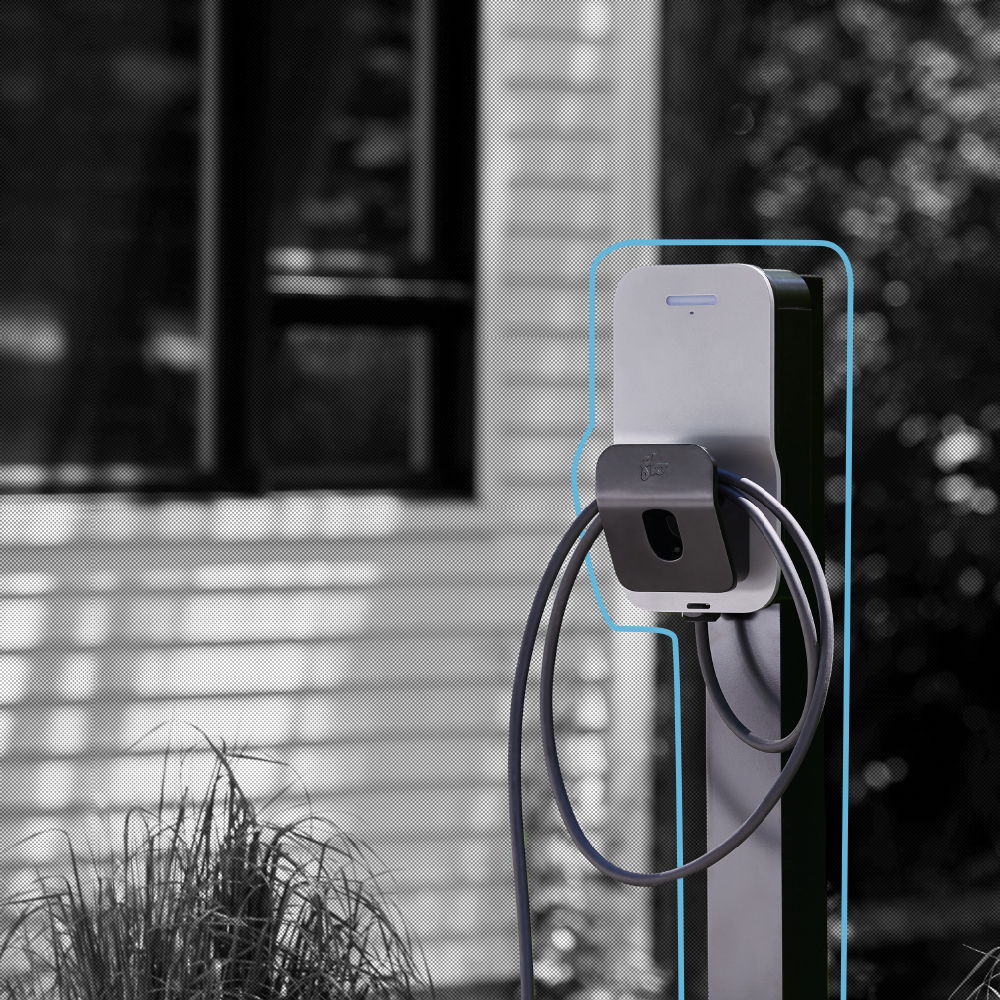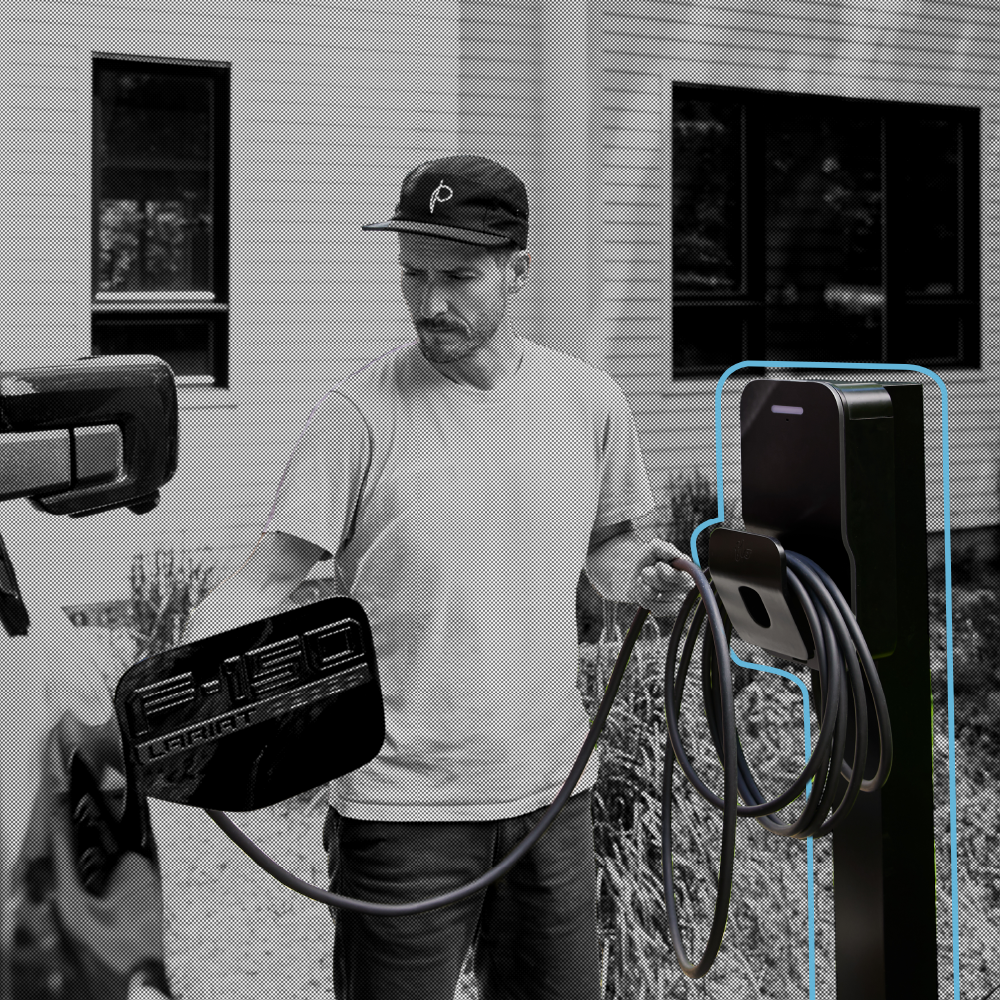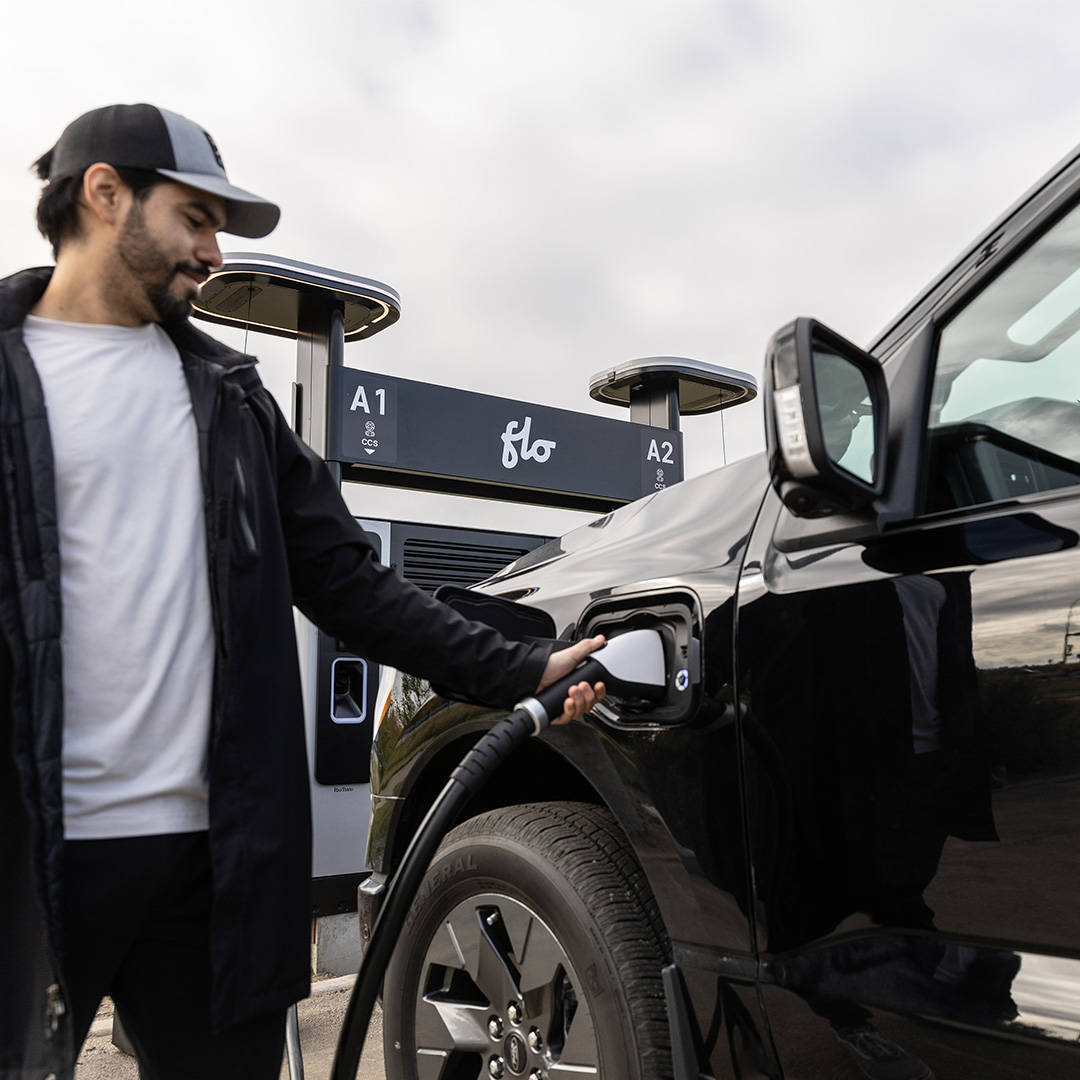EV charging roaming: the ultimate freedom to drive anywhere
By Cory Bullis, Public Affairs Director, FLO®
Electric vehicle (EV) drivers are on the cusp of a major breakthrough. Range and charger anxieties, once major concerns, are being addressed by the federal and state governments. The Infrastructure Investment and Jobs Act and the Inflation Reduction Act, along with state and utility incentives, promise a significant boost in EV charger deployment across states.
Moreover, the focus on reliable EV charging stations is growing. Governments are setting reliability requirements in their funding programs, ensuring that drivers can depend on charging infrastructure for their daily needs and long trips. This marks a step towards eradicating range and charger anxieties.
However, we can’t claim victory just yet – to truly defeat these issues , we also need comprehensive EV charging roaming between networks.
What does roaming mean in the EV world?
“How can I find EV charging stations?” “ Is there one app for all EV charging stations?” We get these questions a lot. The North American EV charging market is decentralized. Services offered to EV drivers are diffused across several companies, big and small. And many function with their own apps.
Enters roaming agreements.
Consumers are already familiar with roaming in other facets of life – no matter what bank card you have, you can use any ATM to withdraw cash. No matter what phone provider you have, you can use it on any cellular network to call someone. Imagine the inconvenience if this was not the case.
Roaming offers this same promise when it comes to driving an EV. “Roaming” is the ability of an EV driver to seamlessly use one or multiple public EV charging stations regardless of the EV charging network operating it, all from a single app. If you’re planning an All-American, all-electric road trip, roaming frees you to locate and use a charging station from your preferred EV charging app.
FLO EV charging stations, as an example, are part of a roaming agreement with five other networks. Meaning you can use ChargePoint EV chargers and others through the FLO app and vice versa, allowing drivers to choose the best EV charging app for their needs and stick to it.
Roaming agreements in North America
Roaming agreements are relatively new to the EV charging landscape. FLO and ChargePoint were the first EV charging networks in North America to officially roam via a peer-to-peer agreement in 2018. And they do it for free – users of one network do not have to pay a penalty or fee to use stations on another network.
Peer-to-peer agreements are a type of contract that fosters direct collaboration between networks and are paramount to successful roaming. Direct collaboration helps the industry’s development because it can simplify the process to fix charger failure issues, reconcile billing, and provide customer support, among other activities.
While there are other methods of roaming, the peer-to-peer model is predominant in North America because companies often need to work together in real-time to troubleshoot various issues to maintain a highly reliable charging experience for the driver. This model better facilitates that outcome.
4 key components of EV charging peer-to-peer agreements
When companies have flexibility to negotiate direct agreements, they can optimize the driver benefit from roaming by considering things such as cost, speed of execution, reliability, scalability to manage charging session transactions, innovative pricing mechanisms, cybersecurity, and more, all to benefit drivers.
Here are the main factors that come into consideration when crafting a peer-to-peer agreement:
1. Technical
On the technical side of things, companies have to make sure their networks can “talk” to each other. That’s where Open Charge Point Interface comes in. It serves as the communication protocol that allows each network to exchange data about which chargers are available, the session rate, the total charging session cost (so that the networks can reconcile billing afterward) and more.
Open Charge Point Interface is the best way to provide drivers with accurate information about EV charging infrastructure, and networks use it to efficiently manage billing.
2. Financial
Concurrently with the technical aspects, companies think about offering innovative pricing mechanisms and other rewards to drivers. Some examples include:
- Offer special pricing models to further benefit drivers
- Reward drivers for good charging etiquette
- Manage demand and other driver charging behaviors
3. Legal
Companies must agree to terms and conditions via a roaming agreement, which may cover but is not limited to what types of data the networks have agreed to share, rules governing how that data is used and protected, what types of charging services each network will manage and provide, and how to ultimately handle and resolve things like payment and billing. Very wonky stuff, but all critical details to make the whole thing work.
4. Consumer Education
Drivers won’t know about the existence and the benefits of roaming agreements if companies don’t advertise their availability and show them how to use them!
The upshot from all the wonkiness of protocols and legalese from contracts is huge for drivers.
Take FLO for instance. At the time of this article, through our roaming agreements, we are able to seamlessly connect our 500,000 members to 83,000 public charging stations across North America.
That also means that any driver from a partner network can use any one of FLO’s public charge points through the app they prefer. This is just the beginning of the potential created from roaming. I hope you are packing your bags for your next road trip, because, like I said, the future for EV drivers is bright!
Interested in discovering the advantages of EV roaming for both drivers and the industry? Our next article provides an in-depth exploration of this topic.

